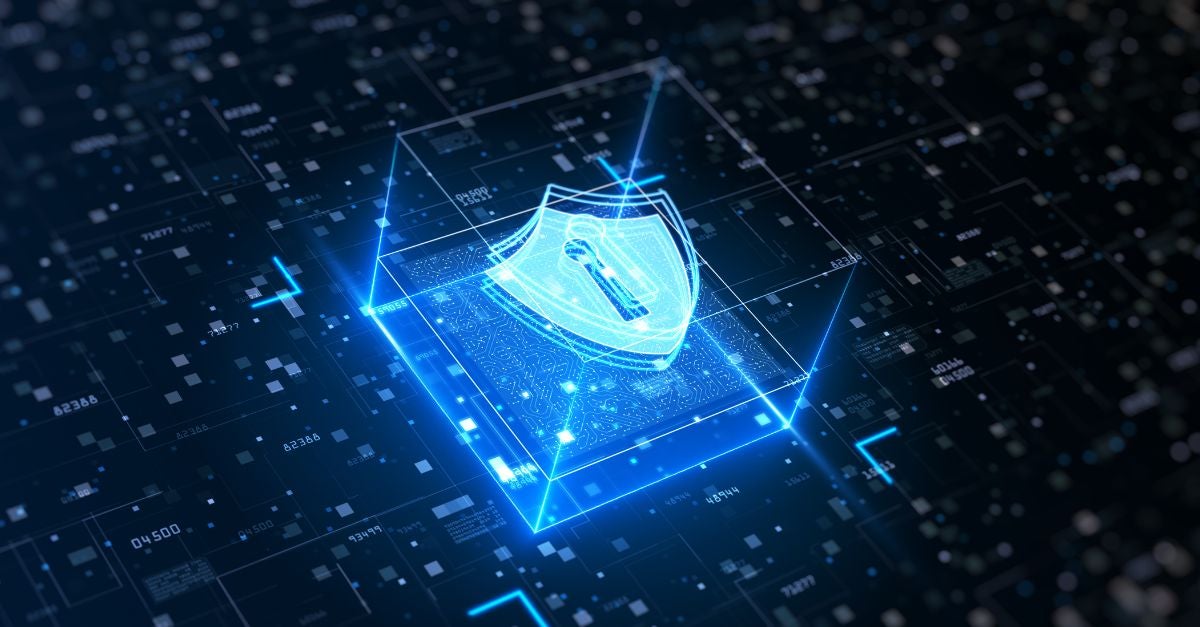Security management is a multifaceted and strategic discipline that aims to safeguard an organization's critical assets, encompassing people, information, and physical resources. It begins with a thorough identification and assessment of potential risks, evaluating their likelihood and potential impact, and then prioritizing them based on severity and urgency. This process is followed by the coordinated deployment of resources to minimize, monitor, and control these risks, ensuring that the organization is well-prepared to handle any adverse events effectively.
Beyond mere threat prevention, security management is proactive in nature. It involves the development and implementation of comprehensive response plans to address security incidents swiftly and efficiently, minimizing disruption and damage. This holistic approach includes risk assessment, policy development, access control, continuous monitoring, and incident response, all of which work together to create a resilient security framework. By integrating these elements, security management not only protects against current threats but also adapts to emerging challenges, ensuring long-term organizational stability and resilience.

Key components of security management
- Risk Assessment: This involves identifying potential threats and vulnerabilities, evaluating their likelihood and potential impact, and prioritizing them based on their severity.
- Policy Development: Organizations need clear security policies that outline acceptable behavior, responsibilities, and procedures. These policies serve as the foundation for all security-related activities.
- Access Control: This ensures that only authorized individuals have access to sensitive information and resources. It includes measures such as user authentication, authorization, and the implementation of role-based access controls.
- Monitoring and Incident Response: Continuous monitoring of systems and networks helps detect potential security breaches. Effective incident response plans ensure that any security incidents are addressed promptly and efficiently to minimize damage.
- Training and Awareness: Educating employees about security best practices and potential threats is crucial. Regular training sessions and awareness programs help create a security-conscious culture within the organization.
Why is Security Management Important?
Security management is essential for several reasons:
- Protection of Assets: Organizations invest significant resources in their assets, including physical infrastructure, intellectual property, and data. Security management helps safeguard these assets from theft, damage, or unauthorized access.
- Compliance with Regulations: Many industries are subject to strict regulatory requirements regarding data protection and security. Effective security management ensures that organizations meet these compliance obligations, avoiding costly fines and legal penalties.
- Maintaining Trust: Customers, partners, and stakeholders expect organizations to protect their sensitive information. A strong security management framework helps build and maintain trust, which is critical for long-term success.
- Minimizing Business Disruption: Security incidents can lead to significant downtime and operational disruptions. By implementing robust security measures, organizations can reduce the likelihood and impact of such incidents, ensuring business continuity.
- Enhancing Reputation: Demonstrating a commitment to security can enhance an organization's reputation. In today's digital age, where data breaches and cyberattacks are common, a strong security posture can be a competitive advantage.
How Does Security Management Work?
Security management operates through a continuous cycle of planning, implementation, monitoring, and improvement. Here's a detailed breakdown of how it works:
Planning
- Risk Assessment: The first step is to identify potential risks and vulnerabilities. This involves analyzing the organization's environment, assets, and operations to understand where threats may arise.
- Policy Development: Based on the risk assessment, organizations develop comprehensive security policies. These policies outline the organization's approach to security, including acceptable use policies, access control policies, and incident response plans.
- Resource Allocation: Security management requires the allocation of resources, including personnel, technology, and budget. Organizations must prioritize their security needs and allocate resources accordingly.
Implementation
- Access Control: Implementing access control measures ensures that only authorized individuals can access sensitive information and systems. This may involve using passwords, biometric authentication, and multi-factor authentication.
- Security Technologies: Deploying security technologies such as firewalls, intrusion detection systems, and encryption tools helps protect against external threats.
- Training and Awareness: Conducting regular training sessions and awareness programs ensures that employees understand their role in maintaining security. This includes educating them about phishing attacks, social engineering, and other common threats.
Monitoring
- Continuous Monitoring: Security management involves continuous monitoring of systems and networks to detect potential security breaches. This includes analyzing logs, monitoring network traffic, and using security information and event management (SIEM) systems.
- Incident Detection: When a security incident is detected, it is crucial to respond quickly and effectively. Incident response plans outline the steps to be taken in the event of a security breach, including containment, eradication, and recovery.
- Regular Audits: Conducting regular security audits helps identify any weaknesses in the security framework. Audits can be internal or external and provide valuable insights into areas that need improvement.
Improvement
- Feedback Loop: Security management is an ongoing process that requires continuous improvement. Organizations must learn from past incidents and audits to refine their security policies and procedures.
- Technology Updates: As new threats emerge and technology evolves, organizations must update their security measures accordingly. This includes patching vulnerabilities, upgrading software, and implementing new security technologies.
- Policy Review: Regularly reviewing and updating security policies ensures that they remain relevant and effective. This involves incorporating feedback from employees, stakeholders, and industry best practices.
What are the Risks Without Security Management?
Failing to implement effective security management can expose organizations to a wide range of risks:
- Data Breaches: Without proper security measures, sensitive data such as customer information, financial records, and intellectual property can be stolen or compromised. Data breaches can result in significant financial losses, legal liabilities, and reputational damage.
- Cyber Attacks: Organizations are increasingly targeted by cyber attacks such as malware, ransomware, and phishing. Without robust security management, these attacks can go undetected, leading to system downtime, data loss, and financial extortion.
- Regulatory Penalties: Many industries are subject to strict data protection regulations. Failure to comply with these regulations can result in hefty fines and legal penalties.
- Operational Disruptions: Security incidents can disrupt business operations, leading to lost productivity, missed deadlines, and financial losses. Without a well-defined incident response plan, organizations may struggle to recover quickly from such disruptions.
- Reputational Damage: A security breach can severely damage an organization's reputation. Customers and partners may lose trust in the organization's ability to protect their data, leading to a loss of business and long-term damage to the organization's brand.
Conclusion
Security management is essential for organizations in today's digital landscape. It provides a comprehensive framework to protect assets, ensure regulatory compliance, and build trust with stakeholders. By implementing robust security measures, organizations can significantly reduce the risk of security incidents and mitigate the impact of potential breaches, thereby ensuring business continuity. Effective security management is not a one-time effort but an ongoing process that requires continuous monitoring, improvement, and adaptation to evolving threats and technologies. In a world where cyber threats are increasingly sophisticated, a strong security posture is crucial for maintaining an organization's reputation and competitive edge. Security management is, therefore, not just a necessity but a strategic investment that safeguards both current operations and future growth.
Frequently Asked Questions
The key components of security management include risk assessment, policy development, access control, monitoring and incident response, and training and awareness.
Organizations can ensure compliance by developing comprehensive security policies, conducting regular audits, and staying updated on regulatory requirements. Implementing security technologies and conducting employee training are also crucial.
Employees play a vital role in security management. They must follow security policies, report suspicious activities, and participate in training programs. A security-conscious culture helps minimize the risk of human error and social engineering attacks.
Security policies should be reviewed at least annually or whenever there are significant changes in the organization's environment, such as new technologies, regulatory requirements, or business processes.
Common security threats include malware, ransomware, phishing attacks, social engineering, insider threats, and denial-of-service attacks. Organizations must stay vigilant and implement multiple layers of security to protect against these threats.
Organizations can improve their security management by conducting regular risk assessments, updating security policies, deploying advanced security technologies, and fostering a security-conscious culture through training and awareness programs.





